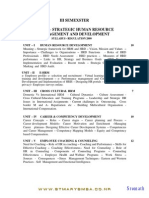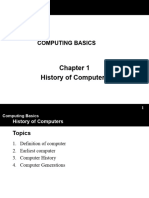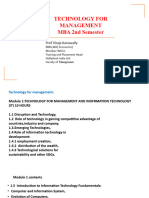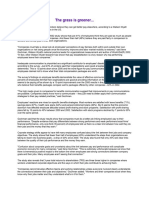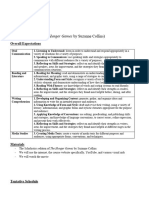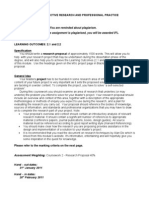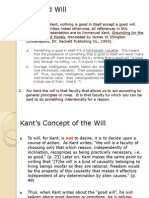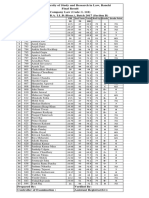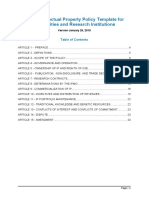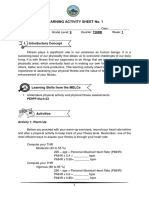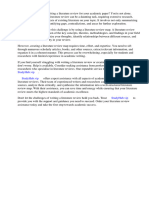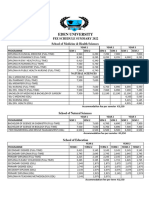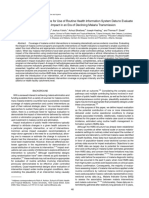0% found this document useful (0 votes)
28 views39 pagesHRD Program Development and Evaluation
The document outlines the design, implementation, and evaluation of Human Resource Development (HRD) programs in the Indian industry context. It emphasizes the importance of aligning HRD initiatives with organizational goals, utilizing analytical tools, and fostering a supportive culture for continuous learning. Examples from companies like Tata Steel, Infosys, and Wipro illustrate best practices and challenges faced in developing effective HRD strategies.
Uploaded by
VrkCopyright
© © All Rights Reserved
We take content rights seriously. If you suspect this is your content, claim it here.
Available Formats
Download as DOCX, PDF, TXT or read online on Scribd
0% found this document useful (0 votes)
28 views39 pagesHRD Program Development and Evaluation
The document outlines the design, implementation, and evaluation of Human Resource Development (HRD) programs in the Indian industry context. It emphasizes the importance of aligning HRD initiatives with organizational goals, utilizing analytical tools, and fostering a supportive culture for continuous learning. Examples from companies like Tata Steel, Infosys, and Wipro illustrate best practices and challenges faced in developing effective HRD strategies.
Uploaded by
VrkCopyright
© © All Rights Reserved
We take content rights seriously. If you suspect this is your content, claim it here.
Available Formats
Download as DOCX, PDF, TXT or read online on Scribd
/ 39




























